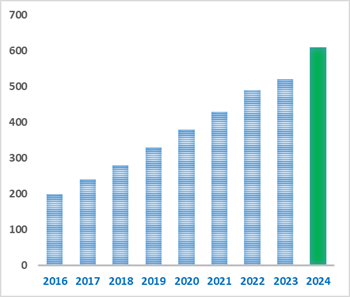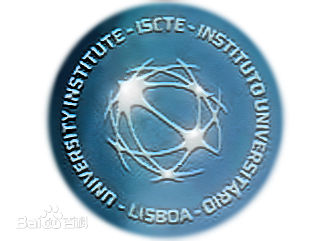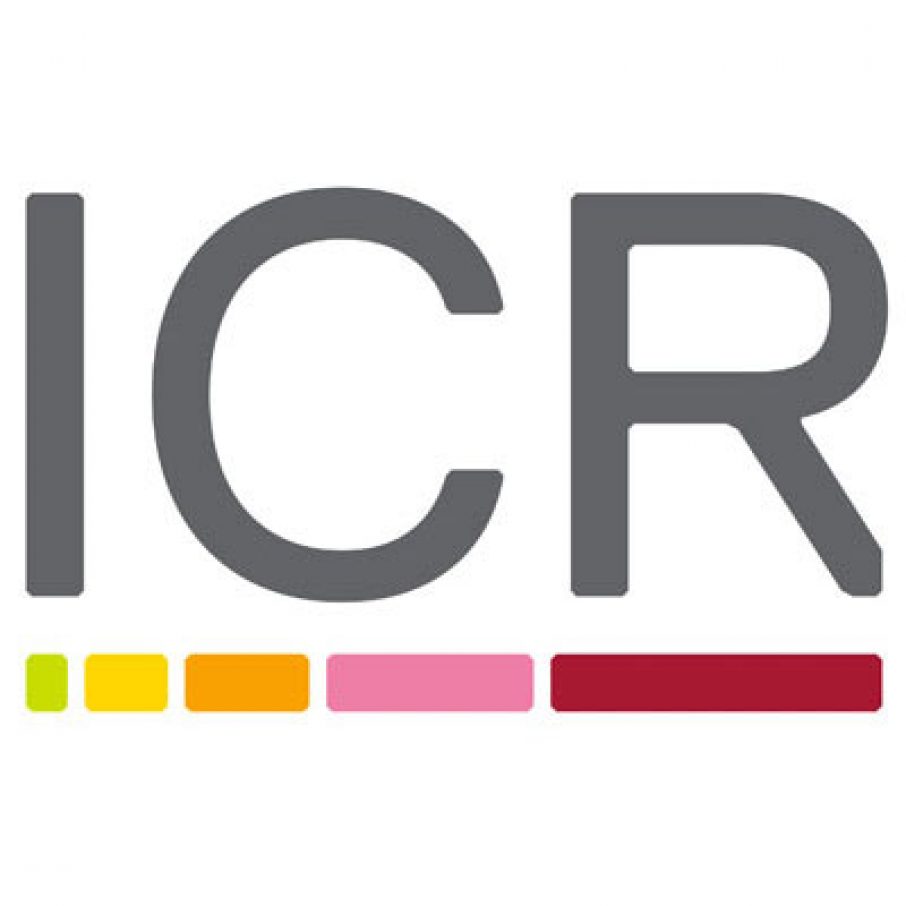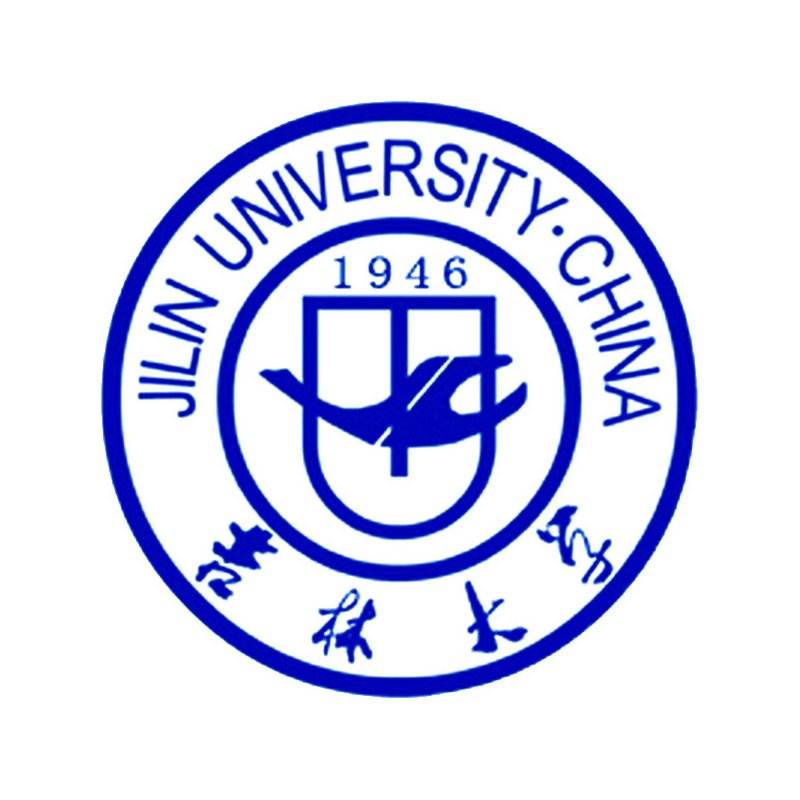DapagliflozinSGLT2 inhibitor,potent and selective CAS# 461432-26-8 |

- Canagliflozin
Catalog No.:BCC3696
CAS No.:842133-18-0
Quality Control & MSDS
3D structure
Package In Stock
Number of papers citing our products

| Cas No. | 461432-26-8 | SDF | Download SDF |
| PubChem ID | 9887712 | Appearance | Powder |
| Formula | C21H25ClO6 | M.Wt | 408.87 |
| Type of Compound | N/A | Storage | Desiccate at -20°C |
| Synonyms | BMS-512148 | ||
| Solubility | Soluble in DMSO > 10 mM | ||
| Chemical Name | (2S,3R,4R,5S,6R)-2-[4-chloro-3-[(4-ethoxyphenyl)methyl]phenyl]-6-(hydroxymethyl)oxane-3,4,5-triol | ||
| SMILES | CCOC1=CC=C(C=C1)CC2=C(C=CC(=C2)C3C(C(C(C(O3)CO)O)O)O)Cl | ||
| Standard InChIKey | JVHXJTBJCFBINQ-ADAARDCZSA-N | ||
| Standard InChI | InChI=1S/C21H25ClO6/c1-2-27-15-6-3-12(4-7-15)9-14-10-13(5-8-16(14)22)21-20(26)19(25)18(24)17(11-23)28-21/h3-8,10,17-21,23-26H,2,9,11H2,1H3/t17-,18-,19+,20-,21+/m1/s1 | ||
| General tips | For obtaining a higher solubility , please warm the tube at 37 ℃ and shake it in the ultrasonic bath for a while.Stock solution can be stored below -20℃ for several months. We recommend that you prepare and use the solution on the same day. However, if the test schedule requires, the stock solutions can be prepared in advance, and the stock solution must be sealed and stored below -20℃. In general, the stock solution can be kept for several months. Before use, we recommend that you leave the vial at room temperature for at least an hour before opening it. |
||
| About Packaging | 1. The packaging of the product may be reversed during transportation, cause the high purity compounds to adhere to the neck or cap of the vial.Take the vail out of its packaging and shake gently until the compounds fall to the bottom of the vial. 2. For liquid products, please centrifuge at 500xg to gather the liquid to the bottom of the vial. 3. Try to avoid loss or contamination during the experiment. |
||
| Shipping Condition | Packaging according to customer requirements(5mg, 10mg, 20mg and more). Ship via FedEx, DHL, UPS, EMS or other couriers with RT, or blue ice upon request. | ||
| Description | Dapagliflozin is a potent and selective inhibitor of hSGLT2 with EC50 of 1.1 nM, exhibiting 1200-fold selectivity over hSGLT1. | |||||
| Targets | hSGLT2 | |||||
| IC50 | 1.1 nM (EC50) | |||||

Dapagliflozin Dilution Calculator

Dapagliflozin Molarity Calculator
| 1 mg | 5 mg | 10 mg | 20 mg | 25 mg | |
| 1 mM | 2.4458 mL | 12.2288 mL | 24.4577 mL | 48.9153 mL | 61.1441 mL |
| 5 mM | 0.4892 mL | 2.4458 mL | 4.8915 mL | 9.7831 mL | 12.2288 mL |
| 10 mM | 0.2446 mL | 1.2229 mL | 2.4458 mL | 4.8915 mL | 6.1144 mL |
| 50 mM | 0.0489 mL | 0.2446 mL | 0.4892 mL | 0.9783 mL | 1.2229 mL |
| 100 mM | 0.0245 mL | 0.1223 mL | 0.2446 mL | 0.4892 mL | 0.6114 mL |
| * Note: If you are in the process of experiment, it's necessary to make the dilution ratios of the samples. The dilution data above is only for reference. Normally, it's can get a better solubility within lower of Concentrations. | |||||

Calcutta University

University of Minnesota

University of Maryland School of Medicine

University of Illinois at Chicago

The Ohio State University

University of Zurich

Harvard University

Colorado State University

Auburn University

Yale University

Worcester Polytechnic Institute

Washington State University

Stanford University

University of Leipzig

Universidade da Beira Interior

The Institute of Cancer Research

Heidelberg University

University of Amsterdam

University of Auckland

TsingHua University

The University of Michigan

Miami University

DRURY University

Jilin University

Fudan University

Wuhan University

Sun Yat-sen University

Universite de Paris

Deemed University

Auckland University

The University of Tokyo

Korea University
EC50: 1.1±0.06 nM for hSGLT2
Selective inhibition of SGLT2 has been proposed to aid in the normalization of plasma glucose levels in patients with diabetes by preventing the renal glucose reabsorption process and promoting glucose excretion in urine. Dapagliflozin is a potent, selective Renal Sodium-Dependent Glucose Cotransporter 2 (SGLT2) inhibitor.
In vitro: EC50 values of 1.1 nM for hSGLT2 and 1.4 μM for hSGLT1 determined for Dapagliflozin corresponded to 1200-fold selectivity for SGLT2 as compared with phlorizin’s 10-fold selectivity. Dapagliflozin inhibitory potencies against rat SGLT (rSGLT)2 and hSGLT2 were comparable, but the selectivity of Dapagliflozin for rSGLT2 versus rSGLT1 decreased to 200-fold [1].
In vivo: In vivo, dapagliflozin acutely induced renal glucose excretion in diabetic and normal rats, improved glucose tolerance in normal rats, as well as reduced hyperglycemia in Zucker diabetic fatty rats after single oral doses ranging between 0.1 and 1.0 mg/kg [2].
Clinical trial: Dapagliflozin dosing at 1, 2.5 and 5 mg/day is effective in reducing glycaemic levels and body weight in treatment-naive patients with type 2 diabetes. Dapagliflozin was well tolerated [3].
References:
[1] Meng W, Ellsworth BA, Nirschl AA, McCann PJ, Patel M, Girotra RN, Wu G, Sher PM, Morrison EP, Biller SA, Zahler R, Deshpande PP, Pullockaran A, Hagan DL, Morgan N, Taylor JR, Obermeier MT, Humphreys WG, Khanna A, Discenza L, Robertson JG, Wang A, Han S, Wetterau JR, Janovitz EB, Flint OP, Whaley JM, Washburn WN. Discovery of dapagliflozin: a potent, selective renal sodium-dependent glucose cotransporter 2 (SGLT2) inhibitor for the treatment of type 2 diabetes. J Med Chem. 2008 Mar 13;51(5):1145-9.
[2] Han S, Hagan DL, Taylor JR, Xin L, Meng W, Biller SA, Wetterau JR, Washburn WN, Whaley JM. Dapagliflozin, a selective SGLT2 inhibitor, improves glucose homeostasis in normal and diabetic rats. Diabetes. 2008 Jun;57(6):1723-9.
[3] Bailey CJ, Iqbal N, T'joen C, List JF. Dapagliflozin monotherapy in drug-naïve patients with diabetes: a randomized-controlled trial of low-dose range. Diabetes Obes Metab. 2012 Oct;14(10):951-9.
- Ko 143
Catalog No.:BCC1684
CAS No.:461054-93-3
- Eact
Catalog No.:BCC6313
CAS No.:461000-66-8
- Larixyl acetate
Catalog No.:BCC8195
CAS No.:4608-49-5
- Interiotherin C
Catalog No.:BCN3636
CAS No.:460090-65-7
- Rucaparib (AG-014699,PF-01367338)
Catalog No.:BCC2207
CAS No.:459868-92-9
- 5-[(2R)-2-Aminopropyl]-2,3-dihydro-1-[3-(phenylmethoxy)propyl]-1H-indole-7-carbonitrile
Catalog No.:BCN1438
CAS No.:459868-73-6
- PEAQX
Catalog No.:BCC5495
CAS No.:459836-30-7
- Obeticholic Acid
Catalog No.:BCC5572
CAS No.:459789-99-2
- SB 452533
Catalog No.:BCC7620
CAS No.:459429-39-1
- JNJ-7777120
Catalog No.:BCC4543
CAS No.:459168-41-3
- SW033291
Catalog No.:BCC3981
CAS No.:459147-39-8
- Boc-Asn-ONp
Catalog No.:BCC3072
CAS No.:4587-33-1
- 4beta,12-dihydroxyguaian-6,10-diene
Catalog No.:BCN7829
CAS No.:461644-90-6
- Lactulose
Catalog No.:BCC4669
CAS No.:4618-18-2
- Gnemonol B
Catalog No.:BCN3399
CAS No.:462636-74-4
- alpha-Linolenic acid
Catalog No.:BCN8319
CAS No.:463-40-1
- Bay 55-9837
Catalog No.:BCC5932
CAS No.:463930-25-8
- (+)-Borneol
Catalog No.:BCC8376
CAS No.:464-43-7
- (-)-Borneol
Catalog No.:BCC8897
CAS No.:464-45-9
- (-)-Camphor
Catalog No.:BCN7160
CAS No.:464-48-2
- (+)-Camphor
Catalog No.:BCN7161
CAS No.:464-49-3
- Benzopinacol
Catalog No.:BCC8860
CAS No.:464-72-2
- Arenobufagin
Catalog No.:BCN5401
CAS No.:464-74-4
- Quinamine
Catalog No.:BCN6590
CAS No.:464-85-7
All-Cause Mortality in Patients With Diabetes Under Treatment With Dapagliflozin: A Population-Based, Open-Cohort Study in The Health Improvement Network Database.[Pubmed:28323967]
J Clin Endocrinol Metab. 2017 May 1;102(5):1719-1725.
Context: Empagliflozin was found to decrease mortality in patients with type 2 diabetes mellitus (T2DM) and a prior cardiovascular disease (CVD) event. Objectives: To establish whether these benefits can be replicated in a real-world setting, should be expected with the use of Dapagliflozin, and apply to T2DM patients at low risk of CVD. Design: General practice, population-based, retrospective cohort study (January 2013 to September 2015). Setting: The Health Improvement Network database. Participants: A total of 22,124 T2DM patients (4444 exposed to Dapagliflozin; 17,680 unexposed T2DM patients) matched for age, sex, body mass index, T2DM duration, and smoking. Main Outcome Measures: The primary outcome was all-cause mortality (high and low risk for CVD) in the total study population, expressed as the adjusted incidence rate ratio (aIRR) with 95% confidence intervals (CIs). As a secondary analysis in the low-risk population, all-cause mortality and incident CVD were considered. Results: Patients with T2DM exposed to Dapagliflozin were significantly less likely to die of any cause (aIRR: 0.50; 95% CI: 0.33 to 0.75; P = 0.001). Similarly, in low-risk patients, death from any cause was significantly lower in the cohort exposed to Dapagliflozin (aIRR: 0.44; 95% CI: 0.25 to 0.78; P = 0.002). The difference in the risk of incident CVD did not reach statistical significance between groups in low-risk patients (aIRR: 0.89; 95% CI: 0.61 to 1.31; P = 0.546). Conclusions: Patients with T2DM who were exposed to Dapagliflozin had a lower risk of death from any cause irrespective of baseline CVD status.
Dapagliflozin once daily plus exenatide once weekly in obese adults without diabetes: Sustained reductions in body weight, glycaemia and blood pressure over 1 year.[Pubmed:28345814]
Diabetes Obes Metab. 2017 Sep;19(9):1276-1288.
AIMS: Dapagliflozin and exenatide reduce body weight by differing mechanisms. Dual therapy with these agents reduces body weight, adipose tissue volume, glycaemia and systolic blood pressure (SBP) over 24 weeks. Here, we examined these effects over 1 year in obese adults without diabetes. MATERIALS AND METHODS: Obese adults without diabetes (N = 50; aged 18-70 years; body mass index, 30-45 kg/m(2) ) were initially randomized to double-blind oral Dapagliflozin 10 mg once daily plus subcutaneous long-acting exenatide 2 mg once weekly or to placebo. They entered an open-label extension from 24 to 52 weeks during which all participants received active treatment. RESULTS: Of the original 25 Dapagliflozin + exenatide-treated and 25 placebo-treated participants, respectively, 21 (84%) and 17 (68%) entered the open-label period and 16 (64%) and 17 (68%) completed 52 weeks of treatment. At baseline, mean body weight was 104.6 kg, and 73.5% of participants had prediabetes (impaired fasting glucose or impaired glucose tolerance). Reductions with Dapagliflozin + exenatide at 24 weeks were sustained at 52 weeks, respectively, for body weight (-4.5 and -5.7 kg), total adipose tissue volume (-3.8 and -5.3 L), proportion with prediabetes (34.8% and 35.3%), and SBP (-9.8 and -12.0 mm Hg). Effects on body weight, SBP and glycaemia at 52 weeks with placebo --> Dapagliflozin + exenatide were similar to those observed with continuation of Dapagliflozin + exenatide. Nausea and injection-site reactions were more frequent with Dapagliflozin + exenatide than with placebo and diminished over time. Safety and tolerability were similar to that in previous diabetes trials with these agents. No clear difference in adverse event-related withdrawals between placebo and active treatment periods was observed. CONCLUSIONS: Dapagliflozin + exenatide dual therapy produced sustained reductions in body weight, prediabetes and SBP over 52 weeks and was well tolerated in obese adults without diabetes.
Cost-Effectiveness of Liraglutide Versus Dapagliflozin for the Treatment of Patients with Type 2 Diabetes Mellitus in the UK.[Pubmed:28349443]
Diabetes Ther. 2017 Jun;8(3):513-530.
INTRODUCTION: To date there is a lack of economic analysis comparing glucagon-like peptide-1 receptor agonists (GLP-1RAs) to sodium-glucose co-transporter 2 inhibitors (SGLT-2i) for the treatment of type 2 diabetes mellitus (T2DM). Liraglutide and Dapagliflozin are the most commonly prescribed GLP-1RA and SGLT-2i in the UK. This analysis investigated the cost-effectiveness of liraglutide 1.2 and 1.8 mg/day compared to Dapagliflozin 10 mg/day for the treatment of T2DM in the UK in patients on dual and triple antidiabetic therapy. METHODS: Cost-effectiveness analysis was conducted in the QuintilesIMS CORE Diabetes Model (CDM). The model estimated expected costs and outcomes over a lifetime horizon using the UK national payer perspective. Liraglutide efficacy estimates and patient characteristics were sourced from a trial in patients on prior metformin monotherapy, and from a trial in patients on prior combination therapy. Comparative efficacy data for the other interventions were derived from a network meta-analysis. Utility inputs were extracted from a systematic literature review. Costs are presented in Great British Pound (GBP), 2016 values. RESULTS: In dual and triple therapy, liraglutide 1.2 mg was less costly and more effective compared with Dapagliflozin 10 mg, providing a QALY gain of 0.04 and cost savings of GBP 11 per patient in dual therapy, and a QALY gain of 0.06 and cost savings of GBP 71 per patient in triple therapy. For liraglutide 1.8 mg, increased efficacy and costs compared with Dapagliflozin 10 mg were observed in both dual and triple therapy. In dual therapy, a QALY gain of 0.07 and additional costs of GBP 888 per patient yielded an ICER of GBP 13,227, whereas in triple therapy a QALY gain of 0.07 and additional cost of GBP 791 per patient gave an ICER of 11,857. CONCLUSION: This long-term modelling analysis found that both dosages of liraglutide may be cost-effective treatment alternatives as part of a dual or a triple antidiabetic therapy in patients for whom an SGLT-2i therapy is considered. FUNDING: Novo Nordisk.
Evaluating the costs of glycemic response with canagliflozin versus dapagliflozin and empagliflozin as add-on to metformin in patients with type 2 diabetes mellitus in the United Arab Emirates.[Pubmed:28323512]
Curr Med Res Opin. 2017 Jun;33(6):1155-1163.
OBJECTIVE: This study evaluates the cost of achieving glycemic control with three sodium glucose co-transporter 2 (SGLT2) inhibitors, canagliflozin, Dapagliflozin, and empagliflozin, in patients with type 2 diabetes mellitus (T2DM) from the payer perspective in the United Arab Emirates (UAE). METHODS: A systematic literature review identified randomized controlled trials of antihyperglycemic agents as add-on to metformin in patients with T2DM of 26 +/- 4 weeks in duration, published by 10 September 2014. A Bayesian network-meta analysis (NMA) compared HbA1c changes with canagliflozin 100 and 300 mg versus Dapagliflozin 10 mg and empagliflozin 10 and 25 mg. The cost associated with a 1% placebo-adjusted HbA1c reduction with each SGLT2 inhibitor as add-on to metformin was calculated based on NMA results and UAE drug costs. RESULTS: In the NMA, canagliflozin 100 and 300 mg were associated with HbA1c reductions (-0.67% and -0.79%) compared with Dapagliflozin 10 mg (-0.41%) and empagliflozin 10 and 25 mg (-0.57% and -0.64%). Probabilities of canagliflozin 100 mg performing better were 79%, 60%, and 53% versus Dapagliflozin 10 mg and empagliflozin 10 and 25 mg, respectively; probabilities for canagliflozin 300 mg performing better were 88%, 72%, and 65%, respectively. The cost per 1%-point reduction in HbA1c was projected to be lower with canagliflozin 100 and 300 mg ($448 and $422) compared with Dapagliflozin 10 mg ($785) and empagliflozin 10 and 25 mg ($527 and $563). CONCLUSIONS: Canagliflozin may provide a greater glycemic response at a lower effective cost than Dapagliflozin or empagliflozin for patients with T2DM inadequately controlled with metformin from the payer perspective in the UAE.


